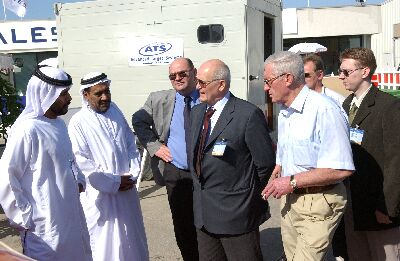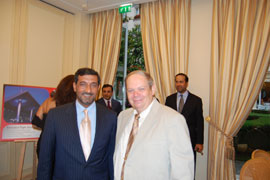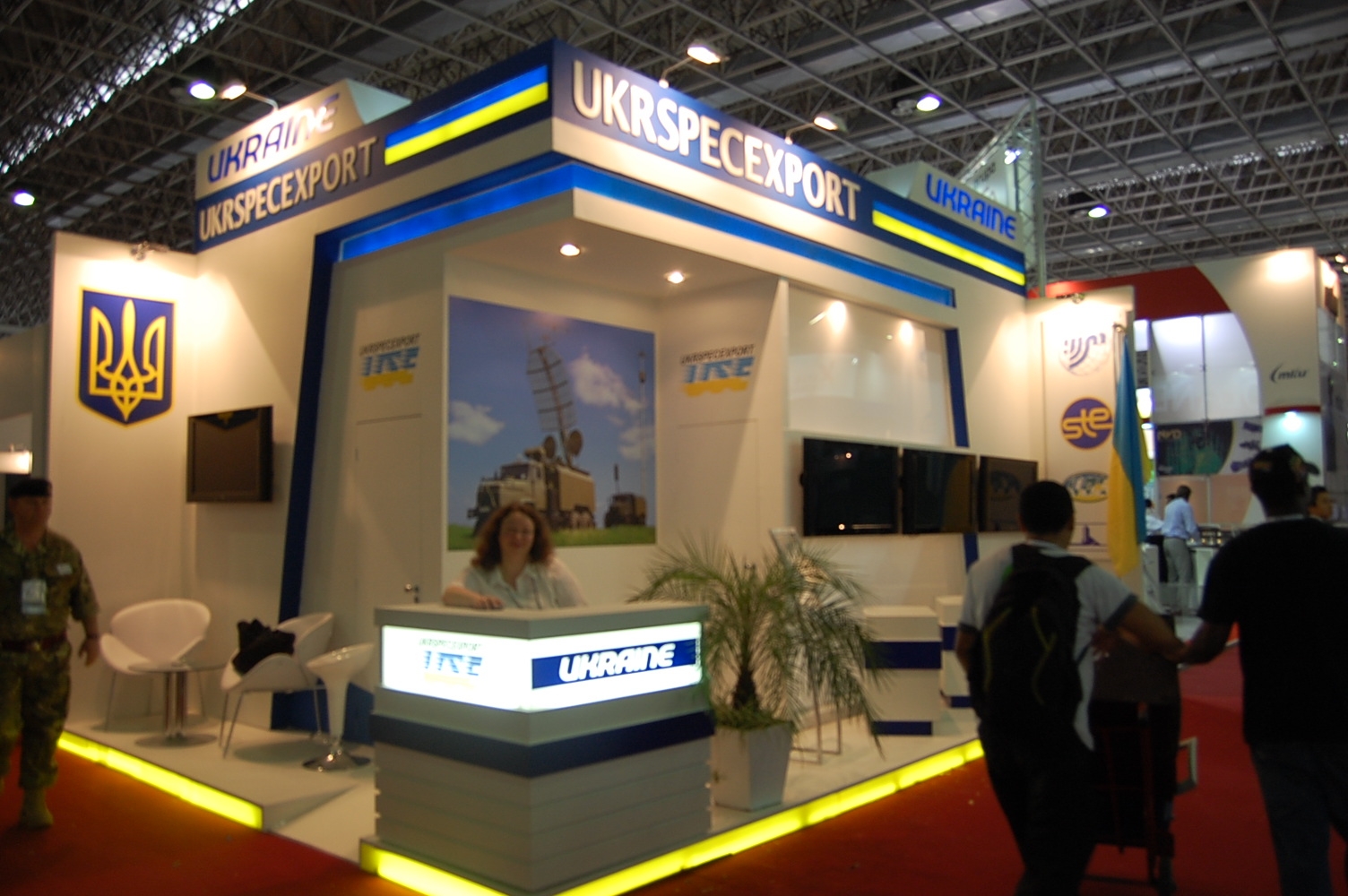









Ukraine
Ukraine was the center of the first eastern Slavic state, Kyivan Rus, which during the 10th and 11th centuries was the largest and most powerful state in Europe. Weakened by internecine quarrels and Mongol invasions, Kyivan Rus was incorporated into the Grand Duchy of Lithuania and eventually into the Polish-Lithuanian Commonwealth. The cultural and religious legacy of Kyivan Rus laid the foundation for Ukrainian nationalism through subsequent centuries.
Strategic position at the crossroads between Europe and Asia; second-largest country in Europe.
Ukraine has an area of 603,628 km2 (233,062 sq mi), making it the largest country entirely within Europe.]Ukraine borders Russia to the east and northeast, Belarus to the northwest, Poland and Slovakia to the west, Hungary, Romania, and Moldova to the southwest, and the Black Sea and Sea of Azov to the south and southeast, respectively.
The country is home to 45.4 million people (including Crimea), 77.8% of whom are Ukrainians by ethnicity, followed by a sizable minority of Russians (17%) as well as Romanians/Moldovans, Belarusians, Crimean Tatars, and Hungarians. Ukrainian is the official language of Ukraine; its alphabet is Cyrillic.
In Soviet times, the economy of Ukraine was the second largest in the Soviet Union, being an important industrial and agricultural component of the country`s planned economy. With the dissolution of the Soviet system, the country moved from a planned economy to a market economy. The transition process was difficult for the majority of the population which plunged into poverty. Ukraine`s economy contracted severely following the years after the Soviet dissolution. Day-to-day life for the average person living in Ukraine was a struggle. A significant number of citizens in rural Ukraine survived by growing their own food, often working two or more jobs and buying the basic necessities through the barter economy.
In 1991, the government liberalised most prices to combat widespread product shortages, and was successful in overcoming the problem. At the same time, the government continued to subsidise state-run industries and agriculture by uncovered monetary emission. The loose monetary policies of the early 1990s pushed inflation to hyperinflationary levels. For the year 1993, Ukraine holds the world record for inflation in one calendar year. Those living on fixed incomes suffered the most. Prices stabilised only after the introduction of new currency, the hryvnia, in 1996. The country was also slow in implementing structural reforms. Following independence, the government formed a legal framework for privatisation. However, widespread resistance to reforms within the government and from a significant part of the population soon stalled the reform efforts. A large number of state-owned enterprises were exempt from the privatisation process.
Ukraine has a very large heavy-industry base and is one of the largest refiners of metallurgical products in Eastern Europe. However, the country is also well known for its production of high-technological goods and transport products, such as Antonov aircraft and various private and commercial vehicles. The country`s largest and most competitive firms are components of the PFTS index, traded on the PFTS Ukraine Stock Exchange.
Well-known Ukrainian brands include Naftogaz Ukrainy, AvtoZAZ, PrivatBank, Roshen, Yuzhmash, Nemiroff, Motor Sich, Khortytsa, Kyivstar and Aerosvit.
Ukraine is regarded as a developing economy with high potential for future success, though such a development is thought likely only with new all-encompassing economic and legal reforms.
Although Foreign Direct Investment in Ukraine remained relatively strong since recession of the early 1990s, the country has had trouble maintaining stable economic growth. Despite all this, Ukraine`s economy was still expected to grow by around 3.5% in 2016.
Ukraine produces and processes its own natural gas and petroleum. However, the majority of these commodities are imported. Eighty percent of Ukrainian natural gas supplies are imported, mainly by Russia.
Natural gas is heavily utilised not only in energy production but also by steel and chemical industries of the country, as well as by the district heating sector. In 2012, Shell started exploration drilling for shale gas in Ukraine—a project aimed at the nation`s total gas supply independence.
Ukraine has sufficient coal reserves and increases its use in electricity generation.




















